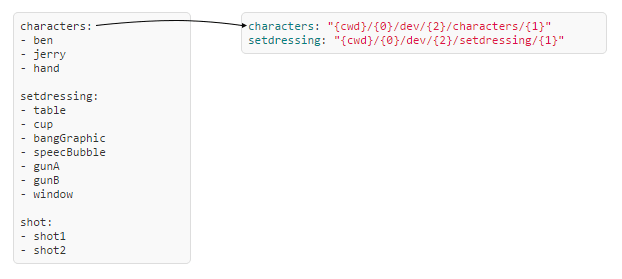Let’s give it a go.
Possible Issues
During layout/animation
It would mean that you would be referencing files from ‘outside your Maya project’. That would likely mean that references will not be resolved with their ‘relative’ project paths. If a file would be ever opened where folders are mapped differently, eg. project is moved (or even used on a different dropbox path), then the references couldn’t be resolved and each have to be relinked individually (and manually).
During rendering
The only other issue I can think of is with rendering. Since Maya always test renders into a /tmp directory within it’s images folder defined by the images rule. (Also the /tmp directory for preview (non-batch) renders can’t be avoided.) So the workspace would have to be set correctly based on the project’s schema. In practice that would mean it’s not only dependent on setting a default workspace, but also setting the rules of that workspace correctly.




